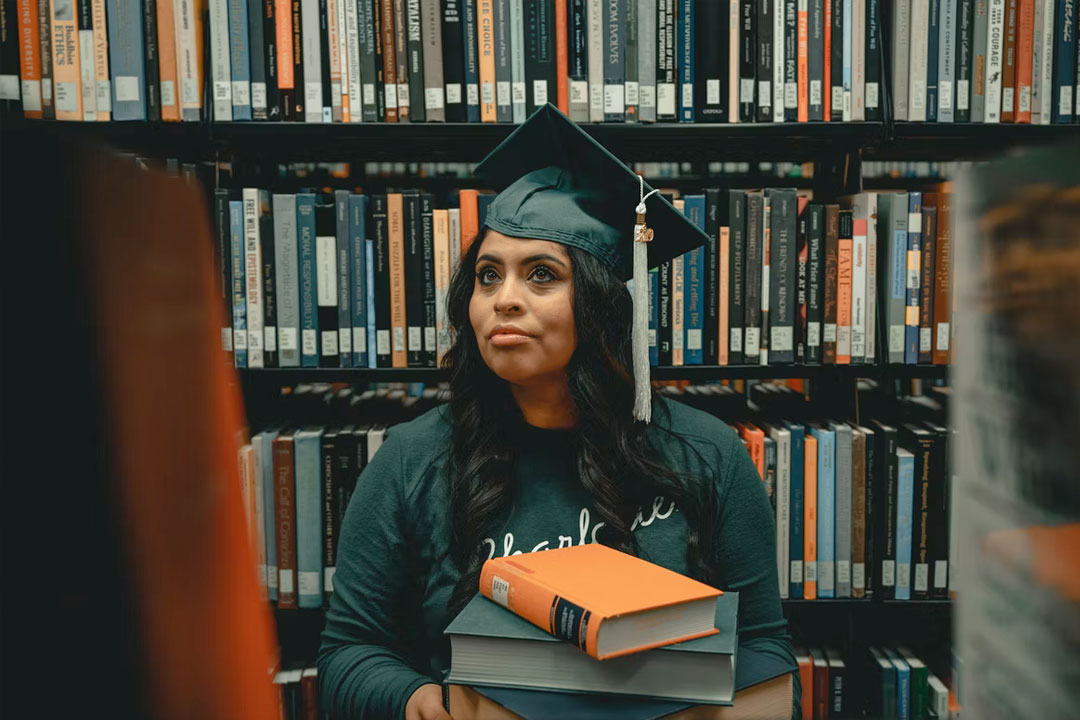

Albert Newton
How do you qualify for a student loan?
If you're thinking about taking out a student loan, there are a few things you'll need to do in order to qualify. First, you'll need to demonstrate financial need.
This can be done by filling out a Free Application for Federal Student Aid (FAFSA) form. If you're looking to finance your education with a student loan, there are a few things you need to know. Applying for a student loan is not as difficult as you may think, but there are a few steps involved. Here's a quick guide on how to apply for a student loan:
First, you'll need to decide which type of student loan you want to apply for. There are two main types of student loans: federal student loans and private student loans. Federal student loans are provided by the government and typically have lower interest rates than private student loans. Private student loans are offered by banks and other financial institutions, and they may have higher interest rates than federal student loans.
Once you've decided which type of student loan you want to apply for, the next step is to find a lender. If you're applying for a federal student loan, you can apply through the government's website. If you're applying for a private student loan, you'll need to find a bank or other financial institution that offers student loans.
After you've found a lender, the next step is to fill out a student loan application. This application will ask for information about your financial situation, including your income and assets. Once you've completed the application, the lender will review it and determine whether or not you're eligible for the loan.
If you're approved for the loan, the next step is to sign a promissory note. This note is a legally binding document that states you agree to repay the loan, with interest, over a period of time. Once you've signed the promissory note, the lender will disburse the loan funds to your school.
The typical monthly student loan payment among borrowers who were actively repaying their loans in 2019 was between $200 and $300, according to the Federal Reserve. But your monthly bill may be much lower or higher than that, depending on the type of student loan you have, how much you borrowed, and the repayment plan you choose. If you're struggling to make your student loan payments, there are options available to help you stay on track. For example, you can income-driven repayment plans that lower your monthly payment based on your income and family size. You can also consolidate your student loans or refinance them to get a lower interest rate. If you're having trouble keeping up with your student loan payments, don't wait to get help. Contact your student loan servicer to discuss your options.
In addition, you'll need to be a U.S. citizen or eligible noncitizen, have a Social Security number, and be enrolled in an eligible degree or certificate program. You'll also need to make satisfactory academic progress and register with Selective Service, if you're a student between the ages of 18 and 25.
U.S. Bank doesn't offer student loans — similar to most big-name banks. The banks does have a student checking account. U.S. Bank used to issue federal loans via the Federal Family Education Loan program, but that ended already in 2010.
Finally, you'll need to enroll at least half time in order to qualify for a Federal Direct student loan. Once you've met all of these requirements, you'll be able to apply for a student loan and potentially get the funding you need to pay for your education.
Albert Newton
A beautiful mind